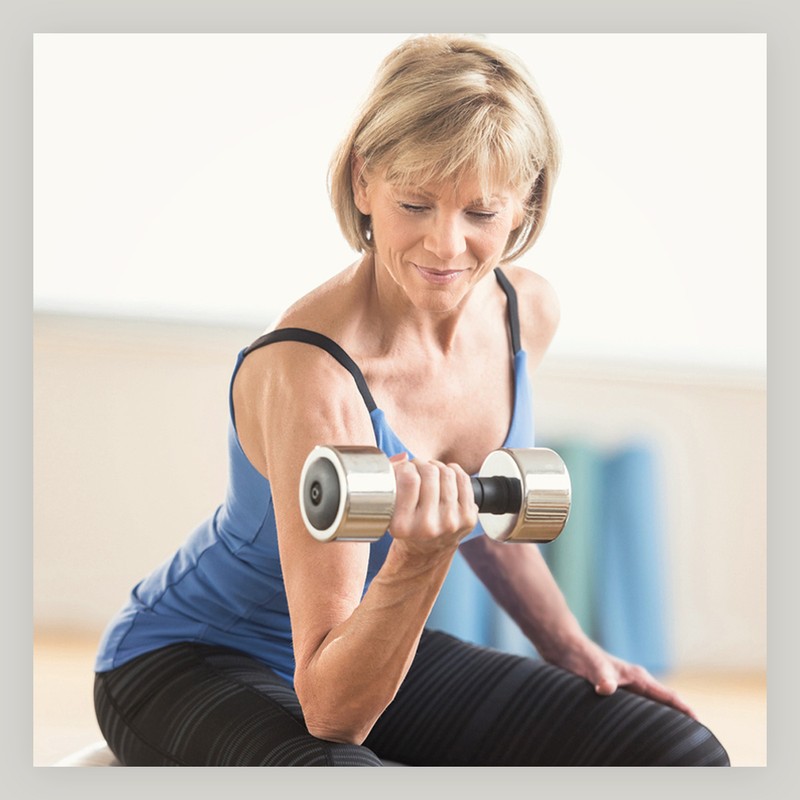
A PT’s Guide To Toning Your Arms
Start By Understanding What’s Needed
When it comes to areas of the body we wish were firmer and more toned, the arms are up there. In fact, according to recent statistics, 25% of women said they dislike their arms and would actively want to change their appearance. Whether your hang-ups are down to bingo wings or a lack of muscle definition, it’s important to understand what you should prioritise before you get going. As Hollie Grant, personal trainer and founder of Pilates PT explains, there are two reasons why you may have bingo wings. “Bingo wings – the skin that can hang down from the upper arm when lifted – are usually caused by a combination of a lack of muscle tone, stretched skin (if someone has gained and lost weight rapidly), age (skin loses elasticity as you age) and body fat. If the cause of your bingo wings is large amounts of body fat weighing the skin down and causing the sagging effect, then cardiovascular exercise will help reduce overall body fat. If, however, they are caused by a lack of muscle tone, then strength work is needed.”
Don’t Be Afraid To Lift Weights
Monique Eastwood, celebrity trainer and founder of the Eastwood Movement Method, adds that a strength-focused regime that incorporates some cardio is the best all-round approach. “If you have a lot of fat to lose, up your cardio by incorporating steady state cardio, such as fast walking, cycling and swimming, as well as a HIIT session, two to three times a week, always ensuring there are plenty of bodyweight and strength moves within your HIIT session, which is crucial for muscle mass. Any form of cardio is good for your arms as when your heart rate soars, you’ll burn sugars and fats throughout the whole body.” While cardio can help shift fatty deposits and saggy skin, strength training is vital to improve definition and strength, and can also improve bone density, which weakens as you age. So, where to start when it comes to lifting weights? “Dumbbells are a fantastic way to tone your arms,” says Katrin Schlee, personal trainer at Gympass. “If you’re completely new to resistance training, start with 1-3kg dumbbells. The best approach for targeting your arms is strength training with impeccable form and utilising progressive overload to firm and tighten the arms – i.e., the weight needs to increase over time in order to give the stimulus your muscles will respond to.” If weights feel too intimidating, don’t discard the power of your own bodyweight, says Hollie. “Bodyweight exercises are vital not only from a ‘changing your body’ point of view, but also a ‘you should be able to support the weight of your body’ point of view. Seventy kilograms of bodyweight can do just as much as those dumbbells currently collecting dust in your loft.”
But Know That Age Can Play A Role
Strength training is particularly important as you get older, although your age could also work against you, meaning you’ll need to double your efforts. As we age, the production of certain hormones dwindles and, after the menopause, many women lose the fat covering the triceps, which can leave an excess of skin hanging from the arms. In fact, studies show age is associated with a slowing of the metabolism and lean body mass decreases with age, while body fat accumulates through adulthood. This can lead to increased body fat in post-menopausal women, for whom bingo wings can be an issue. Monique adds that as we age, our stress levels, sleep patterns and lifestyle also tend to change, which can also affect how we store and burn fat.
Resistance Bands Can Help If You Have An Injury
A fantastic way to build strength, particularly while at home with limited access to gym equipment, are resistance bands, which also happen to be kind to joints. With bands, you can hit a full range of motion, working more places and more muscle, and they can improve your posture, too. A flat, longer resistance band is ideal for upper body exercises, and can be tied onto an anchor point such as a door handle or park bench for more variation. “I use both bands and dumbbells in my workouts, as they move the body in a slightly different way,” says Monique. “By using both, you can stimulate and target lots of smaller and larger muscles simultaneously. A band can also be useful if you have been injured or if you want to focus on controlled isolated movements.” When it comes to specific moves using a band for the arms, Katrin recommends tricep overhead extensions and bicep curls, ideally done with a longer, thicker band, not a looped band, such as the type which can slot over your thighs or ankles.
Yoga Can Also Help
If strength training, either with bands or free weights, still feels too intimidating, there’s a gentler approach that can also work wonders to strengthen the body. Zoe Bertali, co-founder and yoga instructor at fitness app Refine with ALFI, says: “Yoga is a fantastic strength-based exercise which is amazing for the arms, chest and shoulders. Something as simple as holding a plank is a great all-rounder, while postures that involve push-ups, or cobra, dolphin pose or upward facing dog all strengthen the arms and the surrounding structures too. If you commit to doing a strong yoga practice for 30-60 minutes three to five times a week, you will see the difference within a month. And the fantastic thing about yoga is that you’ll feel the mental benefits too.”
Think About Your Diet
“Your diet has a lot do with how your arms look,” Monique stresses. “It’s all about input and output – if you have a diet high in unhealthy fats, sugars and processed foods, those calories have to be stored somewhere, so it’s worth taking a good look at your diet and alcohol intake and identifying where to make changes. Lockdown hasn’t made this easy but if you want to see muscles beneath layers of fat you need to not only move your body more but also eat a diet rich in healthy fats, lean animal protein (or other sources of plant-based protein), complex carbohydrates and plenty of green vegetables. Stick to the rule of three healthy meals a day, 90% of the time.”
Stick With It
When it comes to toned arms, there are no quick fixes, and the experts say consistency is key. “Commit to exercising two to three times per week for the best results for at least eight to 12 weeks,” says Katrin. “During this time period, you should either increase the weights you are using, or increase the volume (i.e., the number of repetitions and numbers of sets) or both. So, for example, four sets of 15-20 bicep curls, three times a week. In terms of the exercises themselves, try to include at least two or three different exercises per workout.”
Here, the experts share their go-to hero move for stronger, more toned arms…
Skull Crushers: “You’ll need a set of dumbbells for this and ideally be at an intermediate level. Lie flat on a bench with a dumbbell in each hand, making sure your head is near the edge of the bench. Carefully extend your arms so the weight is above your head. Inhale as you bend at the elbows (your elbows should be pointing towards the ceiling) and slowly lower the dumbbells to your shoulders and pause. Exhale, return to the start position and repeat. With this exercise, progressive overload is the name of the game – start with lighter weights and build up to heavier ones over time. For example, start with 15 reps using two 3kg dumbbells, building up to 12 reps using 4kg dumbbells and 10 reps using 5kg weights.” – Katrin
Dolphin Pose: “A dolphin a day is my secret to stronger arms. Start by coming onto your forearms, making sure they are shoulder-width apart by taking your hands to either side of your outer arms. Press down into the hands and elbows firmly, then lift your hips up and away. Keep pushing the ground away, hugging the forearms towards one another and wrapping your shoulders. Make sure to keep the length in your neck. Build this up from a few seconds each day towards a minute.” – Zoe
The Spiderman Move: “This move is ideal if you already have a good level of strength in your arms and consider yourself to be at a fairly advanced level. Start by holding a high plank. Slowly bend your arms into a halfway down press-up position, with your elbows slightly angled inwards. At the same time, lift one bent-up leg to the side of your hip. Slowly (that’s the important part), push up as the arms straighten and return the leg to the plank position. Keep your core engaged throughout to protect your pelvis and back, and repeat ten times.” – Monique
For more information visit PilatesPT.co.uk, Gympass.com, Eastwoodfit.com and RefinewithALFI.com
Shop Our Picks Below...
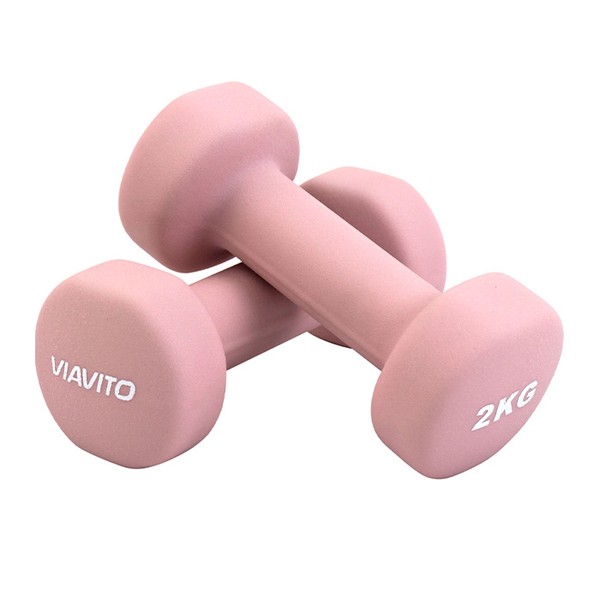
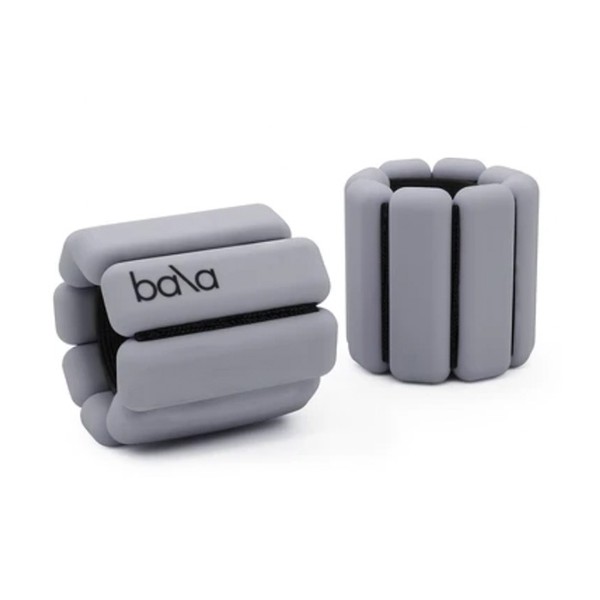
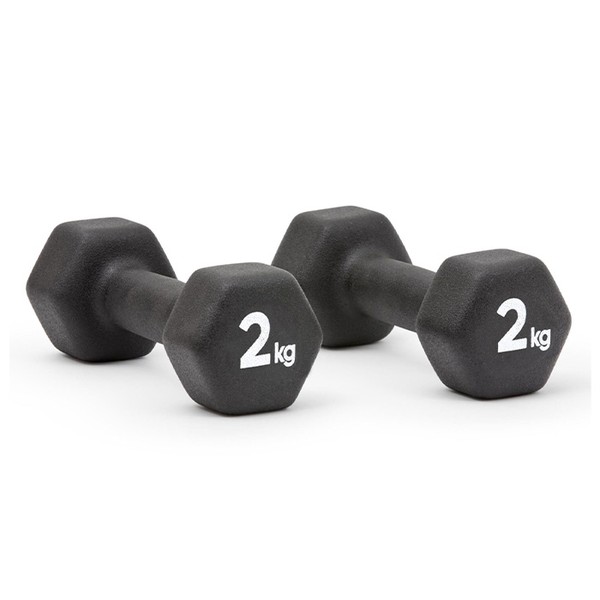
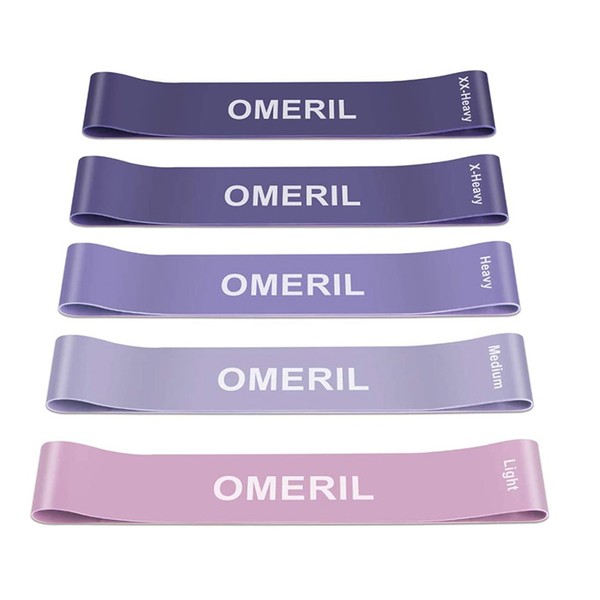
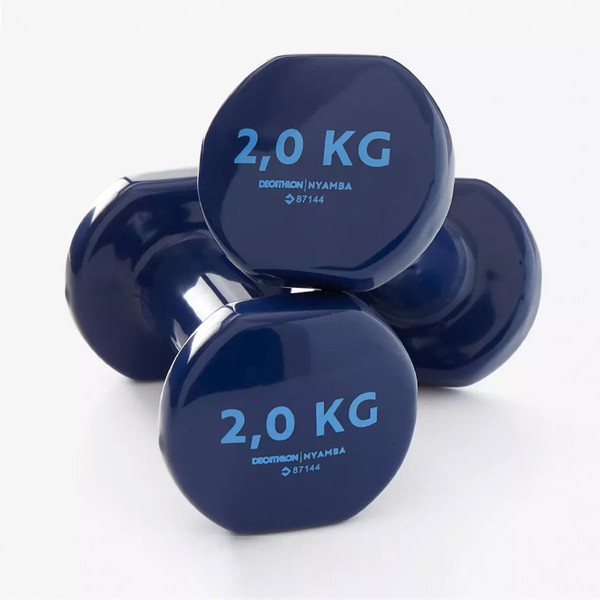
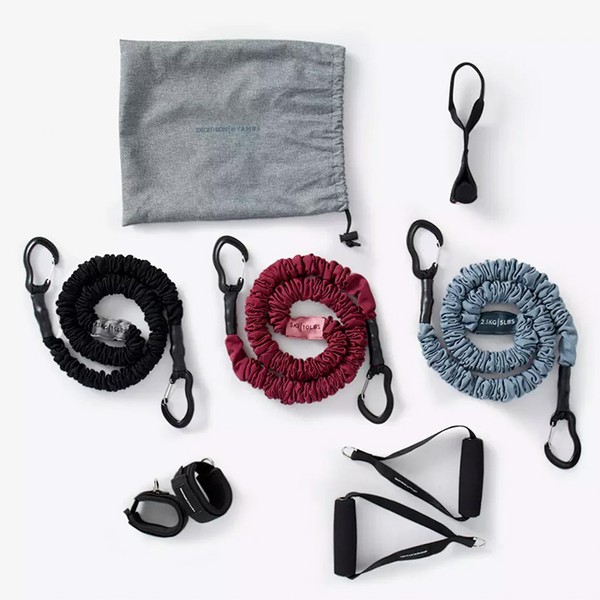
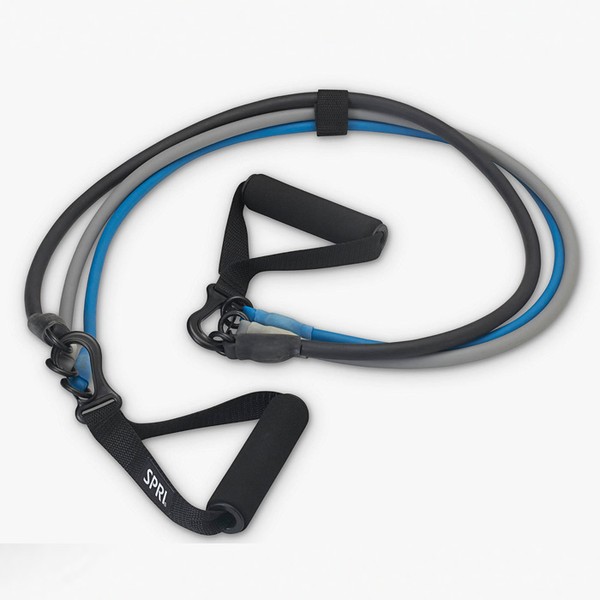
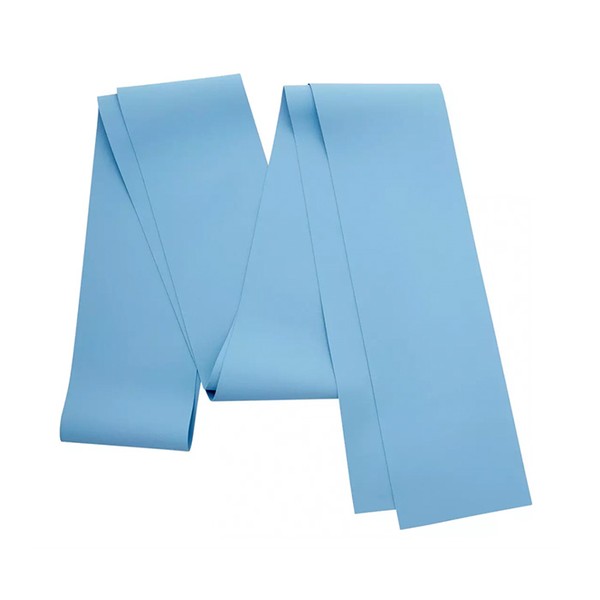
DISCLAIMER: Features published by SheerLuxe are not intended to treat, diagnose, cure or prevent any disease. Always seek the advice of your GP or another qualified healthcare provider for any questions you have regarding a medical condition, and before undertaking any diet, exercise or other health-related programme.
DISCLAIMER: We endeavour to always credit the correct original source of every image we use. If you think a credit may be incorrect, please contact us at info@sheerluxe.com.

